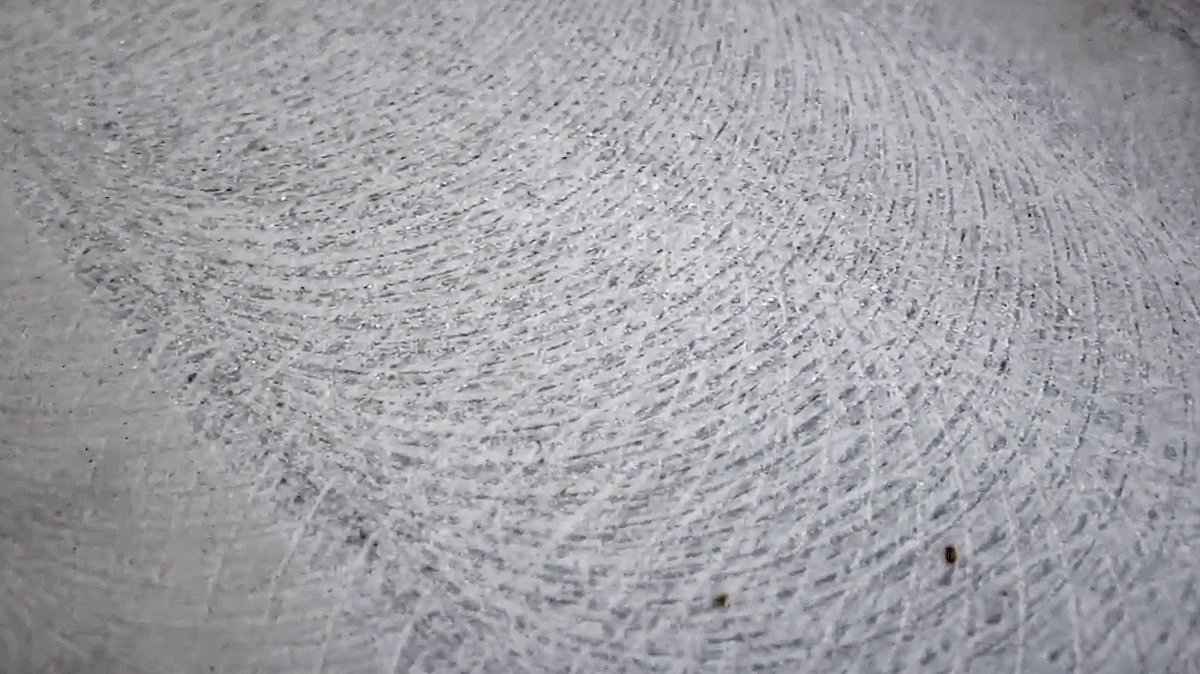
Surface preparation is considered to be the most important step of any resinous flooring application. Improper surface preparation could turn what seems to be a simple process into a lengthy, difficult repair.
Concrete is a substrate that is sometimes deceptively difficult to bond when not handled properly. There are four primary factors that contribute to the problems with concrete substrates:
1. It is extremely alkaline, destroys the interface of hydrolysis sensitive materials.
2. Powdery surface layer is weak, which must be penetrated or removed.
3. Cracks tend to form after a considerable period of time.
4. The main difficulty with bonding concrete is due to the presence of moisture. The moisture can be retained in fresh concrete and may be present in old concrete due to the environment.
Concrete provides a substrate surface that change during its cure and also during environmental exposure. Concrete is a substrate whose surface characteristics are also likely to be affected by the environment in which it cures. The surface can be different depending on the temperature and humidity conditions during the cure of the concrete.
Once it is cured, concrete has several surface characteristics that are hazardous for bonding or sealing. The concrete surface is extremely alkaline and will destroy any hydrolysis sensitive materials that are present at the surface. Thus, sealers and primers are commonly used to moisture proof and strengthen the concrete surface prior to bonding.
All surfaces to receive Carblolink’s sealers, coatings, underlays and overlays (toppings), must be structurally sound, clean and dry with minimum moisture on the floor(We test moisture levels before laying our resigns). Proper surface preparation is extremely important for immediate and long-term successful performance of Carbolink’s flooring systems.